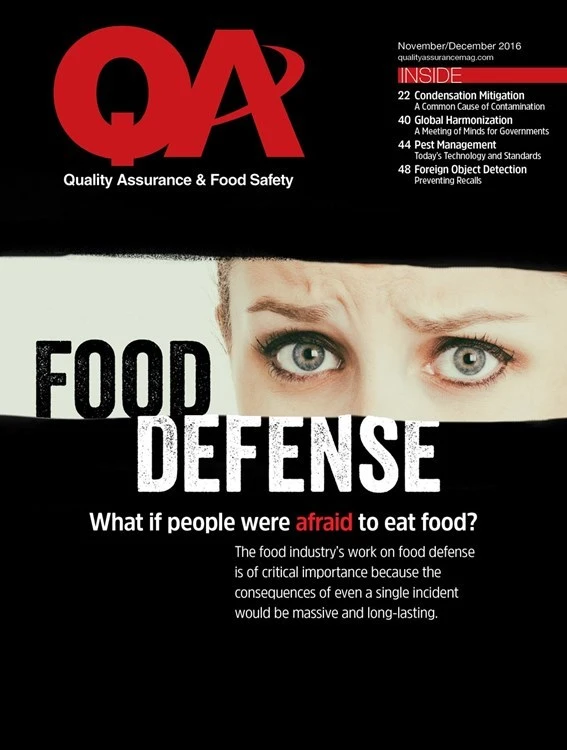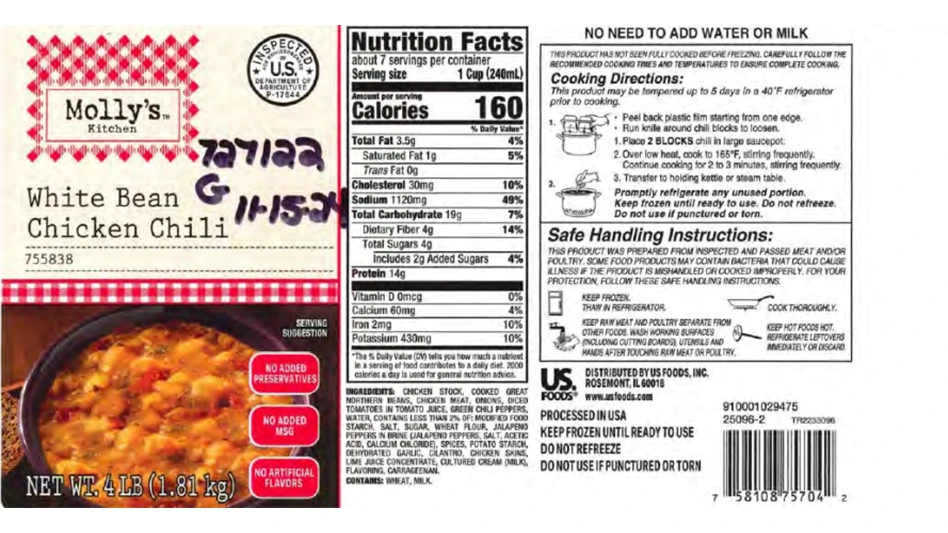
By Manojit Basu
Food safety is of the utmost importance to food manufacturers, regulatory agencies and consumers, as food safety cannot be achieved without ensuring the safety of substances added to food. The substances added to food may be referred as “food additives” or “ingredients” and their use is centuries old. While additives are essential for enhancing taste, flavor, appearance, mouth feel, preservation, etc., their is a definite need for ensuring their safety. To provide that overview, following is a Q&A on food additives, their use, and regulation.
Q. How are food additives regulated in the U.S.?
A. The Food and Drug Administration (FDA) has the regulatory oversight for food additives, including monitoring of their safe use. Under the Federal Food, Drug, and Cosmetic Act (FD&C Act), FDA must review the safety of food additives before manufacturers and distributors can market them. FDA maintains a list of more than 3,000 ingredients, and many of these are found in our kitchens, such as salt, sugar, and baking soda.
Q. What is a food additive?
A. As per section 201(s) of the FD&C Act the term ‘’food additive’’ means any substance for which the intended use results, or may reasonably be expected to result, directly or indirectly, in it becoming a component of or otherwise affecting the characteristics of any food. This definition includes any substance used in the production, processing, treatment, packaging, transportation or storage of food. The definition excludes substances generally recognized as safe (GRAS) among experts qualified by scientific training and experience to evaluate its safety under the conditions of its intended use, and substances that meet one of the other exclusions from the food additive definition. (GMA will discuss GRAS in a future article).
Q. Why are food additives used?
A. Food additives are used for a variety of reasons which can be divided into three major groups.
- One of the oldest uses is the preservation of food and maintaining its freshness. Historically, salt and sugar have been used to preserve meats and fruits, respectively. Today there are several types of preservatives which are used, not only to maintain the quality of the food but also to control contamination that can cause foodborne illnesses, including life-threatening botulism. A group of preservatives known as antioxidants are used to prevent fats and oil-containing foods from becoming rancid or developing an off-flavor. Anti-oxidants also prevent cut fresh fruits, such as apples, from turning brown when exposed to air.
- To improve nutritional value. To recover for loss of nutrition during processing and reducing malnutrition among the public, food is often fortified with vitamins, minerals and fiber.
- To improve taste, texture, and appearance. For example, spices, salt, sugar, and flavors may be added to enhance taste. Thickeners such as corn starch, egg white, and gelatin are used to improve the texture and mouth feel. Food colors are used to maintain and improve the appearance of food.
Q. What are the types of food additives?
A. There are two major categories of food additives: direct and indirect. A direct food additive is that which is added to food for a specific function. An example of a direct food additive is “vegetable or animal gums” added to salad dressings, pie fillings, and frozen foods to provide stability, increase shelf life, and improve mouth feel and texture.
An indirect food additive is a substance that may become part of the food unintentionally through packaging, storing, or handling. FDA requires food manufacturers to prove that any material that comes in contact with the food is safe.
There also is another category: color additives, defined by FDA as “any dye, pigment or substance which, when added or applied to a food, drug or cosmetic, or to the human body, is capable (alone or through reactions with other substances) of imparting color.”
Q. How are food additives approved In the U.S.?
A. As previously noted, FDA has the regulatory oversight of food additives. A food manufacturer must go through a petition process to obtain approval from FDA before food containing the additive can be sold. FDA is responsible for determining the safe use of a petitioned food additive. For the petition process, a food additive must be put through a battery of tests, which are regulated and must be in accordance with guidelines established by FDA through a book dubbed the “Redbook.” (Its full title is “Toxicological Principles for the Safety Assessment of Direct Food Additives and Color Additives Used in Food.”) These tests are conducted to determine the safe levels of a food additive for its intended uses. It is the responsibility of the food manufacturer to prove to FDA that its product is safe before it can be put on the market.
For determining the safety standards of food additives, FDA relies on the principle of “reasonable certainty of no harm,” where harm refers to negative effects to health of humans or animals.
Because these evaluations are based on current scientific knowledge and cannot take account of future scientific findings, FDA includes a built-in safety margin — a factor that allows for uncertainty. For example, using the battery of tests, if an additive shows no adverse effect at the level of 1,000 units, the built-in safety factor will divide this number by 100 or higher, and approval for the additive will be at the maximum level of 10 units. Additionally, for currently approved additives, if new research suggests that it may be unsafe, FDA may prohibit its use unless it can be demonstrated with appropriate safety data that there is no safety concern.Q. How Must food additives Be listed on a product label?
A. Food manufacturers must remain compliant with current labeling regulations and any changes put forward by FDA. Per current regulation, manufacturers must list all ingredients on the label. Ingredients used in the greatest amount are listed first followed by those in smaller quantities. Some specific clauses include individual labeling of all FDA-certified color additives and collective listing of additives like “flavors” and “spices.” There also are separate sets of regulations for labeling of ingredients which may be allergens and food processed in the same facility which handles allergens.
In addition to the FDA labeling requirements, food manufacturers and the Grocery Manufacturers Association (GMA) have launched initiatives like “Facts Up Front” and “Smart Label” to highlight key nutrition information and provide additional information to the consumer.
SUMMARY. Food additives have been used for centuries to preserve food, improve its taste and appearance, and provide a better mouth feel. Additives have been extensively used to address malnutrition through the fortification of food with vitamins and minerals. Today, food additives are strictly controlled by the FDA in the U.S. for safety and are approved only after thorough testing and evaluation. The food industry works closely with FDA and international regulatory agencies to ensure that substances added to food are safe for human or animal consumption, and the industry must remain compliant with local and international regulations. Safety of food and food additives are of paramount importance to the industry and government for the wellbeing of consumers. For more information on food additives, visit the FDA site.
The author is in science and regulatory affairs, GMA.

Explore the December 2016 Issue
Check out more from this issue and find your next story to read.
Latest from Quality Assurance & Food Safety
- Boston Sword & Tuna Protects Seafood Safety with Mettler-Toledo Metal Detectors
- IFT Releases New Resources to Aid Food and Beverage Industry in Sugar Reduction
- Yum! Brands CEO David Gibbs to Retire in 2026
- Penn State Extension Offers Short Course on Food Microbiology and Safety for Food Plant Workers
- Johnsonville Recalls Cheddar Bratwurst Due to Possible Plastic Contamination
- Cabot Creamery Butter Recalled Due to Possible Fecal Contamination
- USDA Delays Salmonella Testing Program for Breaded Stuffed Chicken
- FDA Extends Comment Period on Poppy Seeds to June 16





